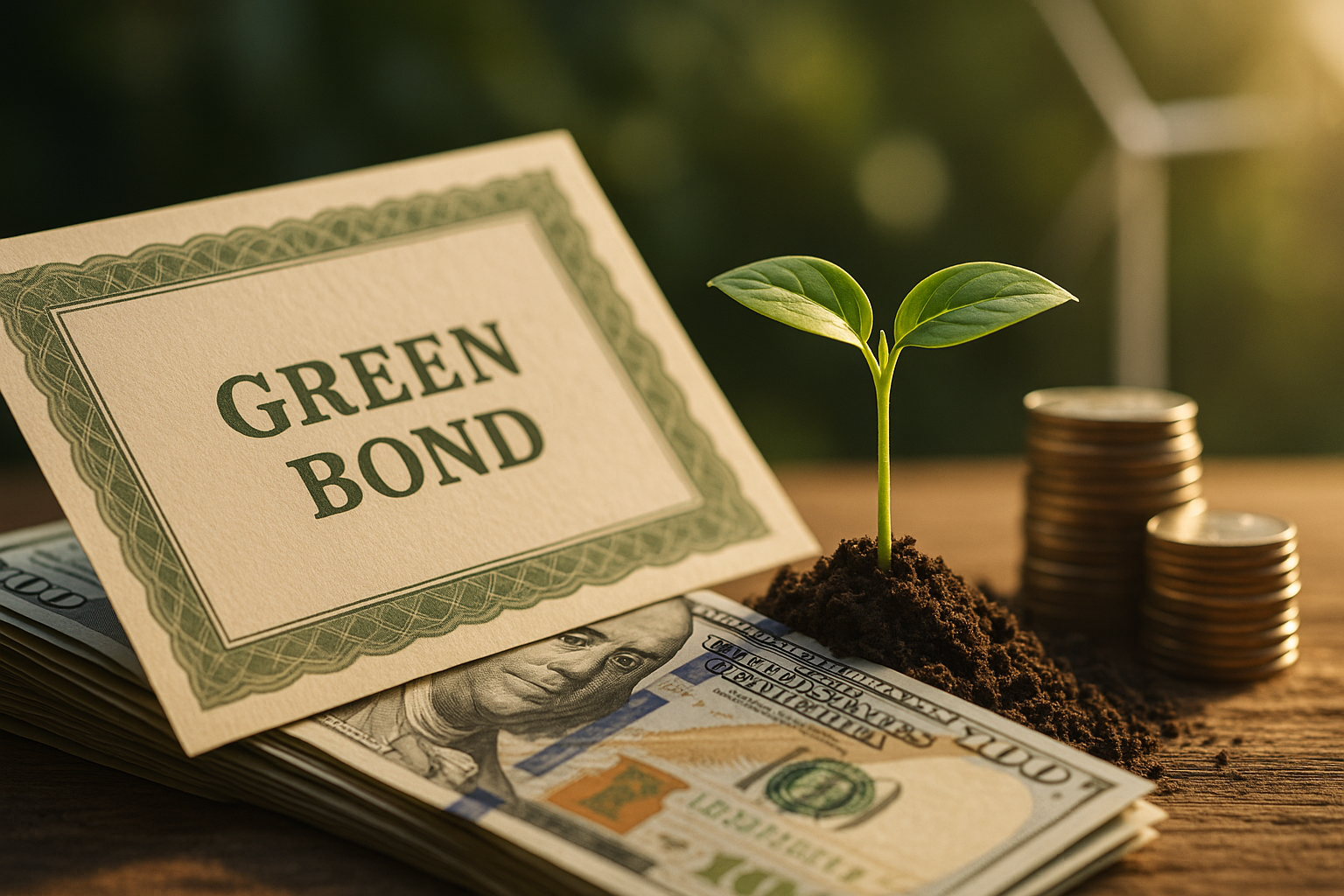Harnessing the Potential of Green Bonds for Sustainable Investment
Introduction: As the world grapples with the urgent need for sustainable development, green bonds have emerged as a powerful financial tool to fund environmentally friendly projects. This article delves into the world of green bonds, examining its history, current market trends, and the potential impact on individual investors and the larger financial landscape.

The Emergence of Green Bonds
Green bonds, also known as climate bonds, were introduced as an instrument to mobilize resources towards low-carbon and climate-resilient development. The first green bond was issued by the European Investment Bank in 2007. Since then, the green bond market has grown exponentially, reaching a record issuance of $269.5 billion in 2020.
The Current Market Landscape
The green bond market has seen a dramatic surge in recent years. In 2020 alone, new issuances of green bonds increased by 26% from the previous year, despite the economic turmoil caused by the COVID-19 pandemic. This growth is driven by increased awareness of climate risks, government policies favoring sustainable investments, and the growing demand from investors for socially responsible investments.
The Impact of Green Bonds
Green bonds offer an effective solution for investors to align their investment strategies with their environmental values. By investing in green bonds, investors can contribute to climate change mitigation while also earning a return on their investment. However, investing in green bonds also comes with some risks, as the projects financed by these bonds may not always deliver the expected environmental benefits.
Real-World Applications
In the real world, green bonds have been used to finance a wide range of projects, from renewable energy and energy efficiency to sustainable water management and biodiversity conservation. Some notable examples include the New York Metropolitan Transportation Authority’s issuance of a $500 million green bond to finance sustainable transportation projects, and Apple’s issuance of a $1.5 billion green bond to fund renewable energy and energy efficiency projects.
Practical Insights into Green Bond Investment
-
Diversify your portfolio: Green bonds can add diversity to your investment portfolio by providing exposure to a different asset class.
-
Understand the risks: While green bonds offer attractive investment opportunities, they also come with risks. Make sure to understand these risks before investing.
-
Do your due diligence: Before investing in green bonds, conduct thorough research to ensure that the projects financed by these bonds align with your environmental values.
In closing, green bonds offer a unique opportunity to combine financial returns with environmental responsibility. While they are not without risks, with the right investment strategy, green bonds can be an effective tool for sustainable investment. As the world continues to search for solutions to tackle climate change, green bonds are likely to play an increasingly important role in the financial landscape.




